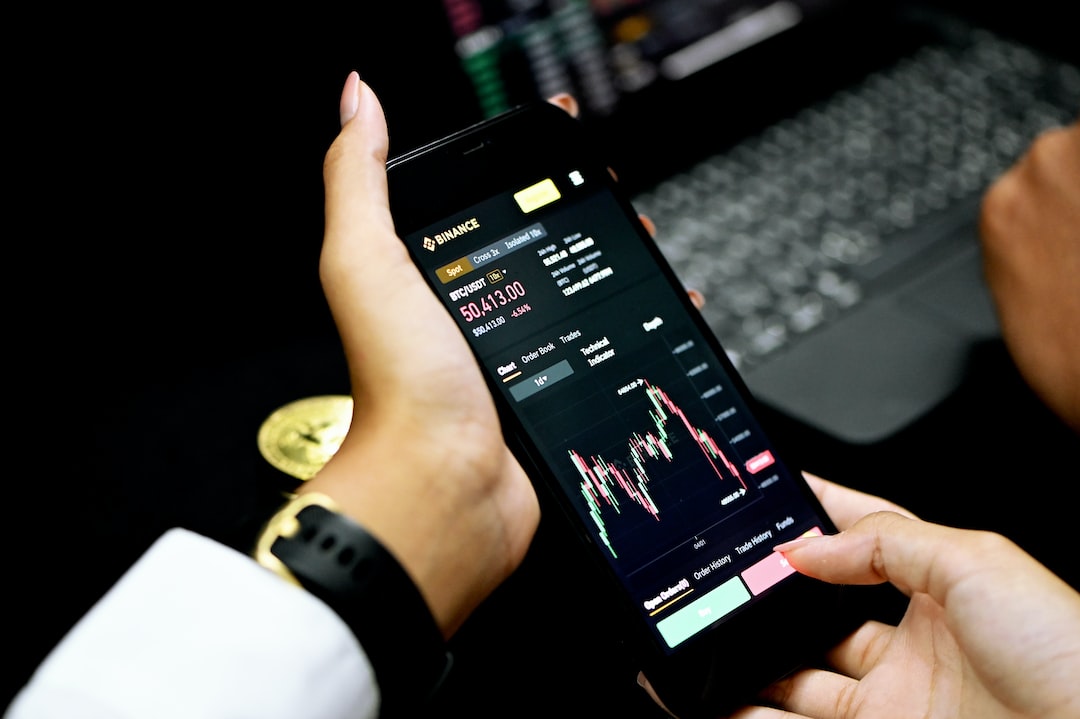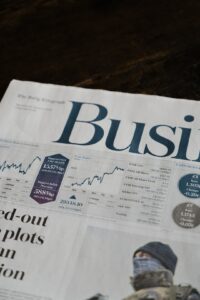Exploring Forex Market Participants: Who Moves the Market?
The foreign exchange market, also known as the forex market, is the largest and most liquid financial market in the world. With an average daily trading volume of over $6 trillion, it offers unrivaled opportunities for traders to profit from currency fluctuations. But who exactly participates in this vast market and what roles do they play in moving the prices of currencies? In this article, we will explore the main participants in the forex market and their influence on price movements.
1. Central Banks:
Central banks, such as the Federal Reserve in the United States, the European Central Bank, and the Bank of Japan, are key players in the forex market. They have the power to influence currency values through their monetary policies. Central banks use tools like interest rate adjustments and quantitative easing to manage inflation, stabilize their economies, and promote exports. When a central bank decides to raise interest rates, for example, it attracts foreign capital, leading to an appreciation of the domestic currency. Conversely, a rate cut may weaken the currency. As central banks are responsible for maintaining price stability and economic growth, their actions can significantly impact forex markets.
2. Commercial Banks:
Commercial banks play a crucial role in the forex market as intermediaries for various participants. They facilitate currency transactions for corporations, individuals, and institutional investors. Commercial banks also engage in speculative trading for their own accounts. Large banks often have dedicated forex trading desks where they execute trades based on their clients’ orders or their own analysis. Due to their vast trading volumes, commercial banks can influence short-term price movements, especially during times of low liquidity.
3. Hedge Funds:
Hedge funds are private investment funds that seek to generate high returns by employing various trading strategies, including forex trading. These funds are known for their aggressive and speculative trading approaches, often taking large positions with leverage. Hedge funds can influence the forex market through their significant trading volumes and their ability to move in and out of positions quickly. Their trading activities are driven by a combination of fundamental analysis, technical analysis, and market sentiment, which can contribute to short-term volatility in exchange rates.
4. Retail Traders:
Retail traders are individual investors who participate in the forex market through online trading platforms offered by brokers. Thanks to advances in technology, retail trading has become increasingly accessible to individuals with small capital. While retail traders collectively represent a significant portion of the forex market, their impact on price movements is relatively minor compared to institutional players. However, during times of extreme market sentiment, the mass behavior of retail traders can contribute to sharp price fluctuations.
5. Corporations:
Multinational corporations engage in forex trading to manage their exposure to foreign currencies. They participate in the forex market to facilitate international trade, protect against currency risk, and hedge their foreign investments. For example, a U.S.-based company importing goods from Japan may enter into a forward contract to buy Japanese yen at a predetermined exchange rate, ensuring stability in their future cash flows. Large corporations with substantial currency exposures can influence the forex market when they engage in significant transactions.
6. Non-Bank Financial Institutions:
Non-bank financial institutions, such as insurance companies, pension funds, and investment funds, also participate in the forex market. These institutions allocate a portion of their portfolios to foreign currencies to diversify their investments and potentially generate higher returns. While they may not have the same level of influence as central banks or commercial banks, their trading activities can still impact currency prices, particularly in less liquid currency pairs.
In conclusion, the forex market is a dynamic marketplace with various participants influencing price movements. Central banks, commercial banks, hedge funds, retail traders, corporations, and non-bank financial institutions all contribute to the liquidity and volatility of forex markets. Understanding the roles and motivations of these participants can provide valuable insights for traders and investors looking to navigate the forex market effectively.





